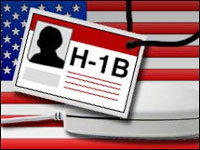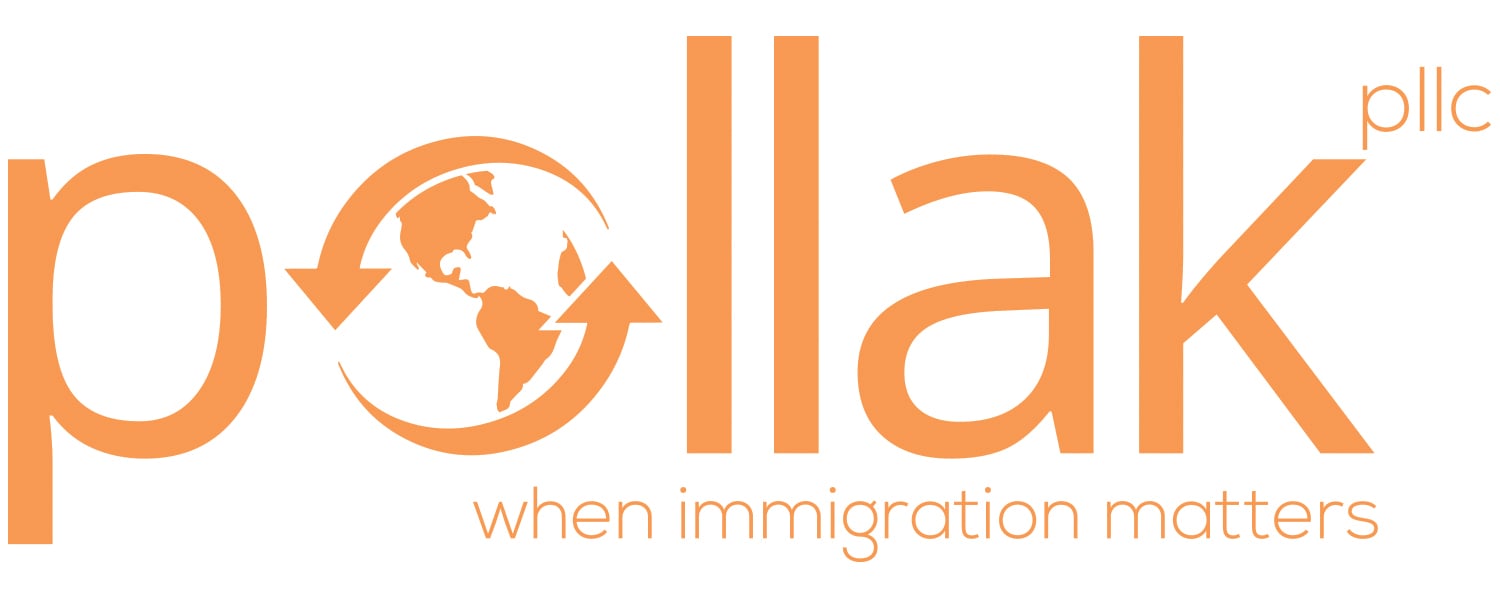 Well H-1B Season is almost upon us. On April 1, 2012, the United States Citizenship and Immigration Service (USCIS) starts accepting H-1B visa applications for the 2013 fiscal year (which starts on October 1, 2012).
Well H-1B Season is almost upon us. On April 1, 2012, the United States Citizenship and Immigration Service (USCIS) starts accepting H-1B visa applications for the 2013 fiscal year (which starts on October 1, 2012).
The H1-B visa program enables U.S. employers to hire highly educated foreign professional workers for “specialty occupations” — jobs that require at least a Bachelor’s degree or the equivalent in the field of specialty.
A breath of fresh air and welcome relief for IT consulting and staffing companies as well as employers who employ employees at third party sites, is the March 12, 2012 revised Q&A’s issued by the USCIS relating to the January 8, 2010 Neufeld memorandum. The Neufeld Memorandum provides guidance on establishing the Employer-Employee relationship in the H-1B context. These revised Q&A’s contain helpful language not included in the 2010 Memorandum or its subsequent August 2, 2011 guidance memorandum.
While the March 2012 Q&A does repeat most of the guidance in the above memoranda, it does include two new clarifications namely the answers to Questions 5 and 13.
Q5: Am I required to submit a letter or other documentation from the end-client that identifies the beneficiary to demonstrate that a valid employer-employee relationship will exist between the petitioner and beneficiary if the beneficiary will perform services at an end-client/third-party location?
A5: No. While documents from the end-client may help USCIS determine whether a valid employer-employee relationship will exist, this type of documentation is not required. You may submit a combination of any documents to establish, by a preponderance of the evidence, that the required relationship will exist. The types of evidence listed in the memorandum are not exhaustive. Adjudicators will review and weigh all the evidence submitted to determine whether you have met your burden in establishing that a qualifying employer-employee relationship will exist.
Q13: The memorandum provides an example of when a computer consulting company had not established a valid employer-employee relationship. Are there any situations in which a consulting company or a staffing company would be able to establish a valid employer-employee relationship?
A13: Yes. A consulting company or staffing company may be able to establish that a valid employer-employee relationship will exist, including where the beneficiary will be working at a third-party worksite, if the petitioning consulting or staffing company can demonstrate by a preponderance of the evidence that it has the right to control the work of the beneficiary. Relevant factors include, but are not limited to, whether the petitioner will pay the beneficiary’s salary; whether the petitioner will determine the beneficiary’s location and relocation assignments (i.e. where the beneficiary is to report to work); and whether the petitioner will perform supervisory duties such as conducting performance reviews, training, and counseling for the beneficiary. The memorandum provides a non-exhaustive list of types of evidence that could demonstrate an employer-employee relationship.
Those involved in the H-1B process know that it is not always easy to obtain a letter from the end-client especially when there are multi-vendor relationships. Also welcome in the answer to Question 13, is USCIS willingness to accept evidence to demonstrate that a staffing company can still demonstrate through the preponderance of the evidence that it has the right to control the work of the beneficiary, even though he or she may be at a third party client site. It also provides helpful tips on how the consulting or staffing firm can demonstrate a right of control through conducting performance reviews, training and counseling for the beneficiary.
With this recent guidance, it seems that the USCIS is making a good-faith effort to adjudicate H-1B Petitions in accordance with how real businesses in America work. I know that IT consulting and staffing companies sure appreciate it.

